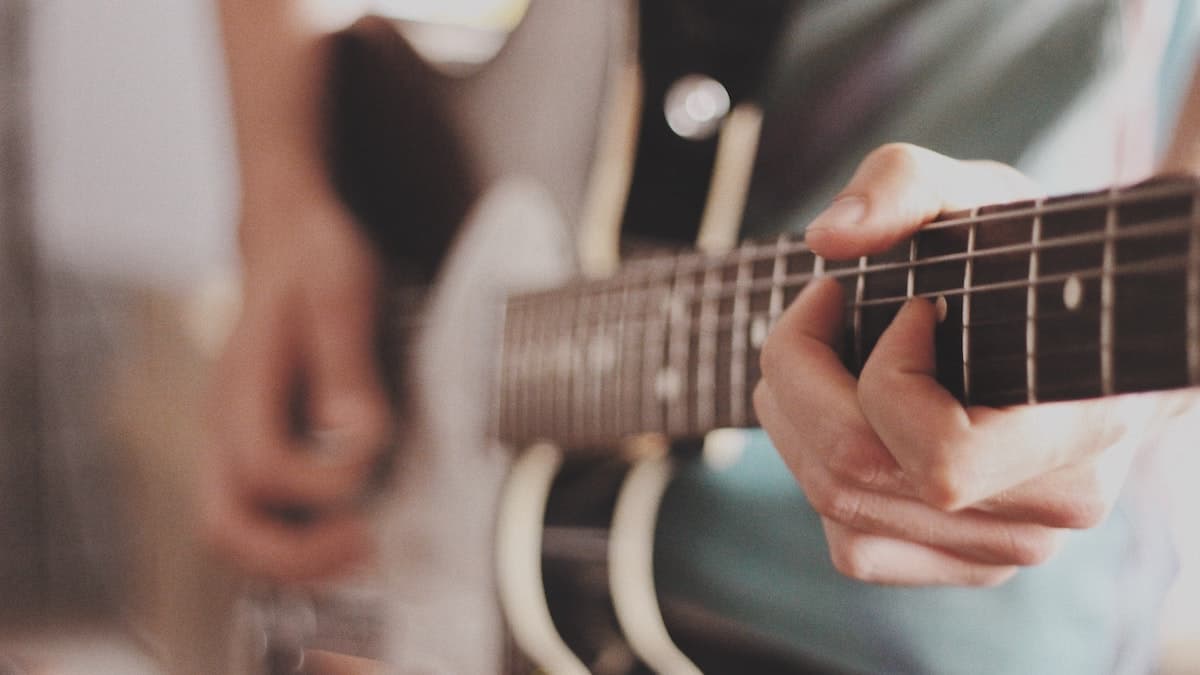Jazz Guitar Lessons
New JGT Lesson: 4 Bar Intros in Four Keys

Jazz Guitar Today contributor Vince Lewis shares how to develop different intros for songs (w/ audio examples).
One of the most common questions I get from students and other players is how I develop different intros for tunes that I play. The process is really fairly simple once a solid knowledge of extended chords and substitutions is achieved.
Some of the more common techniques involve simple stating the melody of either the last 4 or 8 bars of the song. This is a useful and easy way to assist vocalists that may need a little help finding the starting pitch of the song to come in on. It also gives the listener a preview of the melody that they are about to hear stated by the players. Another technique is simply playing the basic I VI ii V7 progression in the key that you are in. That very neatly and comfortably takes the players right into the first chord of the song.
What I do quite often is to think of a short musical phrase and harmonizing it while voicing a logical chord progression under that. In the following examples, you will see a few differences that are subtle, but very effective in starting each musical selection differently.

Example 1 in C begins with extensions and alterations of the I VI ii V but then comes down briefly in half steps before ending on the V chord. The phrase on top of the chords is a short idea followed by the G remaining as the top note of the last 4 chords. This gives harmonic movement but stability to the untrained ear as well as the reinforcement of the V chord.
In example 2 I start on the Am7 and alternate dominant 7th and minor 7th chords chromatically at the beginning. Then the movement from the C7 to the F leads to the tonic only to move up again to the Abm7 and a half step back down to the eventual ii V resolution. Once again, there is a melodic statement on top of the chords to be emphasized when playing the progression.
Example 3 starts on the I chord and moves to the Bb9 and a half step down to the A dominant chords with interior motion in the voicings. The V chord then resolves back to the I and back to the VI before leading into the ii. Then a simple half-step above the I chord using a dominant 7th gives a little tension and interest to the progression. Once again my opening phrase is repeated a step lower the second time and then the top notes of the last four chords set up the resolution to the ear.
The final intro uses a common tone on top of the first two chords before the ii V movement. Then I go to the Gm7 in order to have the internal half-step sound of the G diminished set up the resting sound of the BbMa13. Changing that to the dominant Bb+7 leads right into the tonic. This gives a temporary resolution to the V Major. Once again, there is a melody line established on the top note of each chord that needs to be emphasized.
ALWAYS think melodically and do not be afraid to go outside the box with your chord substitutions on your introductions. You must, however, ALWAYS provide a clear musical direction to get back to the beginning of the tune.
-
Jazz Guitar Lessons2 weeks ago
New JGT Guitar Lesson: Analyzing “Without A Song”
-
Jazz Guitar Lessons4 weeks ago
New JGT Guitar Lesson: Considering “Falling Grace”
-
Artist Features1 week ago
New Kurt Rosenwinkel JGT Video Podcast – July 2024
-
Artist Features3 weeks ago
JGT Talks To Seattle’s Michael Eskenazi



















